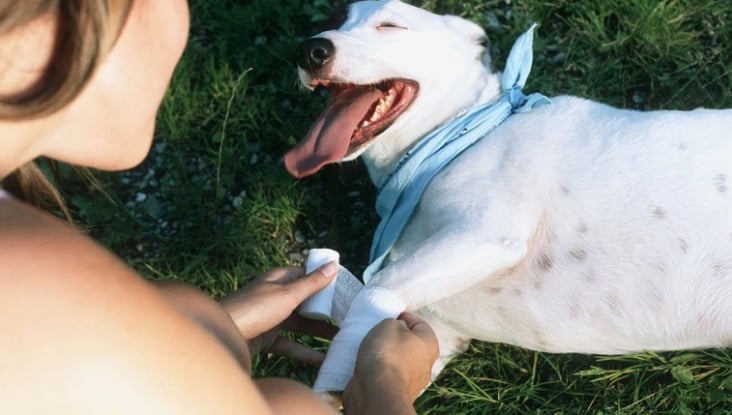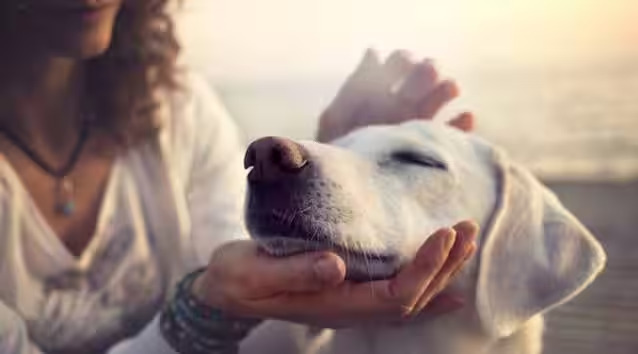
Minor wounds on pets can be treated at home, as not all injuries require emergency care. Our furry friends may sometimes get cuts, scrapes, or other minor injuries. Dogs, in particular, are more prone to these types of injuries due to their active nature compared to cats.
Get a Pet First Aid Kit
Are you ready to handle a pet injury? If you don’t have a first aid kit for your pet, you can either buy one or make your own by following the list of supplies recommended by the AVMA. To treat a wound, you’ll need the following items:
- Sterile bandages
- Cleansing solution suitable for pets
- Antibacterial ointment
- Bandage scissors
- Elastic wrapping
- Tweezers
- Spray bottle
- Clean towels or rags
Treat Minor Pet Wounds At Home
Before starting to treat the wound, make sure you have someone to help you hold your pet still. If no one is available, you can use a muzzle to restrain your pet. Keep in mind that even if your pet has never shown aggression before, pain can cause them to react differently. To avoid getting scratched or bitten, have a plan in place to keep your pet calm and stable while you treat the wound.
- Stop the bleeding. Apply light pressure to the wound with a clean towel or cloth. If the wound is more severe than a simple cut, it’s best to seek emergency veterinary care.
- Clean the wound. Spray the wound with clean water from a water bottle to clean out any debris, dirt, etc.
- Use tweezers to remove any foreign objects, such as glass, twigs, or thorns, from the wound. A magnifying glass can help you see and remove all the debris.
- Disinfect the wound by gently cleaning it with a cleanser. Avoid using rubbing alcohol or hydrogen peroxide, as these can harm the tissue and delay the healing process.
- Apply a small amount of antibacterial ointment to the wound and cover it with a sterile gauze or bandage. Use elastic tape to secure the bandage in place.
- Consider using an E-collar to prevent your pet from biting or licking the bandage. Pets may not understand that they shouldn’t disturb the bandage, and their mouths can introduce bacteria into the wound, causing you to have to repeatedly disinfect and reapply the bandage. An E-collar can help protect the wound site.
After treating the wound, reward your pet with a small treat for being brave. Remember to remove the old bandage after 24 hours and replace it with a new one. Keep an eye on how the wound is healing, and if you notice any additional bleeding, changes in color, swelling, or discharge, contact us as this may indicate an infection or that the wound is not healing properly.
